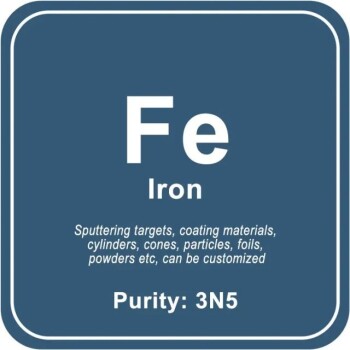Elemental analysis provides crucial information about the composition of substances by identifying and quantifying their elemental constituents.
This technique is essential in various scientific fields, including chemistry, materials science, environmental testing, and food testing.
By using different analytical methods such as spectroscopy, chromatography, and mass spectrometry, elemental analysis helps in understanding the structure and properties of materials.
It ensures quality control and facilitates research and development.
5 Key Insights You Need to Know About Elemental Analysis

1. Definition and Importance of Elemental Analysis
Definition: Elemental analysis is the process of determining the elemental composition of a substance, identifying the types of elements present and their quantities.
Importance: It is crucial for understanding the properties and behavior of materials, ensuring product quality, and compliance with standards in various industries.
2. Common Techniques Used in Elemental Analysis
Spectroscopy: Techniques like UV-Vis, Atomic Absorption Spectroscopy (AAS), Atomic Fluorescence Spectroscopy (AFS), and Atomic Emission Spectroscopy (AES) are used to identify and quantify elements based on their spectral characteristics.
Mass Spectrometry: Methods such as ICP-MS are used for precise measurement of elemental concentrations and isotopic analysis.
X-ray Fluorescence (XRF): This technique uses the emission of secondary X-rays from a sample to determine its elemental composition.
3. Applications of Elemental Analysis
Chemistry and Materials Science: Used to analyze the composition of chemicals and materials, aiding in research and development.
Environmental Testing: Essential for monitoring pollutants and ensuring environmental safety.
Food Testing: Helps in detecting contaminants and ensuring food safety and quality.
Archaeology and Art: Provides insights into the composition of artifacts and historical materials.
4. Advantages of Modern Elemental Analysis Techniques
Speed and Efficiency: Modern techniques like portable XRF analyzers provide fast analysis, with results in seconds, enabling real-time decision-making.
Non-Destructive Testing: Many modern methods, especially portable analyzers, allow for non-destructive testing, preserving the integrity of valuable samples.
Versatility and Accessibility: Portable analyzers can be used in various environments, making elemental analysis more accessible and versatile.
5. Challenges Addressed by Portable Elemental Analyzers
Cost and Accessibility: Portable analyzers reduce the need for expensive laboratory equipment and specialized personnel, making elemental analysis more accessible.
Sample Destruction: Traditional methods often require sample destruction, which is not always practical. Portable analyzers offer non-destructive testing options.
In summary, elemental analysis is a vital technique that provides detailed insights into the composition of substances, aiding in various scientific and industrial applications.
Modern advancements, particularly in portable analyzers, have made this technique more efficient, accessible, and versatile, addressing many of the challenges associated with traditional methods.
Continue exploring, consult our experts
Discover the power of elemental analysis with KINTEK SOLUTION's cutting-edge equipment.
Experience precision, speed, and non-destructive testing with our range of analyzers.
Elevate your scientific research and industrial quality control.
Ready to transform your lab? Contact KINTEK SOLUTION today to explore how our advanced elemental analysis solutions can meet your needs and drive innovation forward.













